What is best to add to the soil when planting carrots: the secrets of a rich harvest
In order for carrots to please you with a rich and healthy harvest, you need to know some of the secrets of growing them, namely, what fertilizers and when to use when planting this popular vegetable.
How to prepare the soil before planting carrots
To reap a rich carrot harvest, create comfortable conditions for it. Choose well-lit beds, but maintain crop rotation. Carrots should not be preceded by relatives of the Apiaceae family: celery, cumin, coriander, dill, fennel, parsnip and sama carrot.
This vegetable prefers to grow in loose, permeable soil. This soil is obtained after digging up potatoes, so it is considered the best precursor for carrots. These crops do not have common pests, which means they will not remain in the ground, waiting for a new harvest.
Attention. In addition to potatoes, good predecessors are considered cucumbers, tomatoes, legumes and cabbage.
Immediately before planting, do not fertilize the soil with manure. Carrots react negatively to it - the root vegetables turn out to be branchy and tasteless. Therefore, you should choose an area where manure was applied a year or two ago.
In the fall, the selected area is dug up to a depth of 30 cm, large stones and roots are removed. In the spring, the bed is loosened, all weeds are removed and leveled. If the soil is heavy, add sand, sawdust or eggshells to make the structure looser.Otherwise, the carrots will feel a lot of resistance as they grow and will begin to bend and take on an unattractive shape.
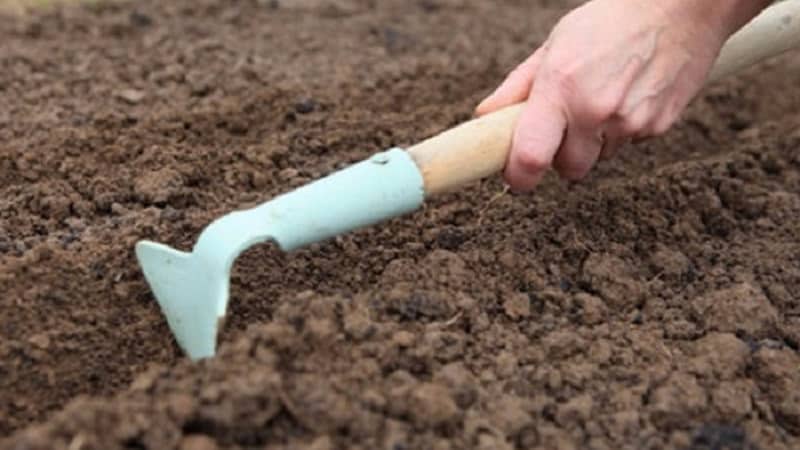
What fertilizers can be applied
Some gardeners believe that if the soil is not very depleted, there is no need to fertilize it. This is not true if you want a good harvest. Therefore, throughout the entire growing cycle, various types of organic and mineral fertilizers are used.
Mineral
Mineral fertilizers are applied during the preparation of the beds, that is, 2-3 weeks before planting. Although you can do this before the onset of winter.
Nitrogen and phosphorus fertilizers are applied to the soil at the rate of 1 tbsp. l. superphosphate and 2 tbsp. l. nitrophosphate per 1 sq. m of soil for clayey and podzolic soils. If the soil is peaty, then add 1 tbsp. l. superphosphate, 1 tsp. urea and 1 tbsp. l. potassium chloride. And only superphosphate is added to the chernozem in the amount of 1 tbsp. l. per sq. m.
Potassium fertilizers are used later as root feeding.
Reference. Fertilizers with potassium are most often used in liquid form, so carrots absorb it better.
Organic
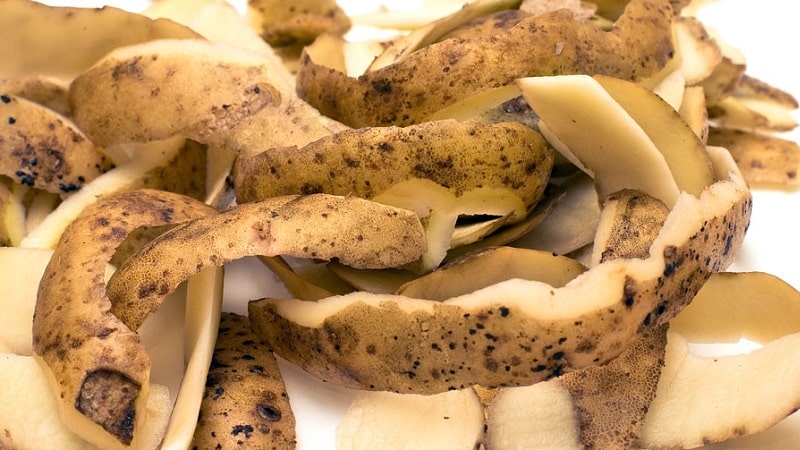
Organic fertilizers are not applied immediately before planting. If the soil needs to be fertilized with organic matter, do it in the fall so that the fertilizer turns into humus. For 1 sq. m it is recommended to apply 6-8 kg of manure or compost.
Attention. If in the previous year humus was already applied to the selected place, then in the fall you don’t have to do this, since there will be enough nutrients.
If the soil is too acidic (pH less than 5.5), liming is done, otherwise the carrots will become unsweetened. Add chalk, ash or dolomite flour. But between the procedures of liming and adding humus, about a month should pass.
Folk remedies
Many vegetable growers do not want to use chemicals in their gardens. In this case, folk remedies help. But you shouldn’t overdo it with them, as with factory fertilizers.
- The most popular folk remedy is ash. It is applied in the fall in the amount of 100-200 g per 1 square meter. m. Ash is scattered over the surface of the bed and dug up. Ash supplies the soil with phosphorus and potassium, and additionally loosens the soil and reduces acidity.
- Ash infusion is also used. To do this, 100 g of ash is poured into 10 liters of water and left for 6 hours. This solution is watered at the root of the plant.
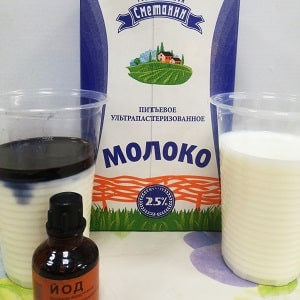
- To increase productivity, craftsmen use yeast fertilizing. 100 g of sugar and the same amount of fresh yeast are dissolved in 3 liters of warm water and left to ferment for a day. To feed, 1 cup of “fertilizer” is diluted in a bucket of water and watered on the carrots at the beginning of the growing season.
- Instead of yeast, you can use bread infusion. A 10-liter bucket is filled one third with breadcrumbs and filled with warm water. To prevent the bread from molding, it is pressed down with a weight to prevent contact with air. Leave it in the sun to infuse for a week. The resulting infusion is diluted in a ratio of 1:3 and the vegetables are fed at the beginning of the growing season 2-3 times with a break of two weeks.
- To accelerate the growth of carrots and protect them from pests, an iodine solution is used. To do this, dilute 20 drops of iodine in a bucket of water and pour this solution between the rows of carrots.
How to properly apply fertilizer before planting
If you did not have time to fertilize the soil in the fall, do it right before planting.
Safe recipes:
- Stir 1 tbsp in a liter of water. l. ash. A bag of carrot seeds is soaked in this solution for a day. Then the seeds are dried, sown in the ground and covered with film.
- The next way to plant carrots is with paste. A paste is made from flour, cooled, and mineral fertilizers are added. Then carrot seeds are poured into this paste and, using a pastry syringe or an ordinary large one, the resulting mixture is squeezed into the prepared grooves.
- Dissolve 0.3 tsp in a liter of water. boric acid and 0.5 tsp. nitrophoska. The seeds are soaked in this solution for a day.
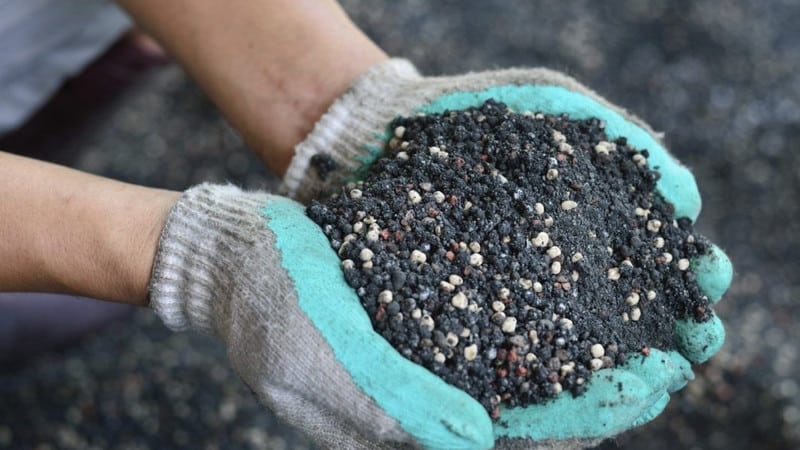
What to feed depending on the season
Depending on the time of year, carrots require different fertilizers as the stages of plant development change.
in spring
The task of spring fertilizing is to improve the quality of the soil and prepare the seeds for planting. Before planting, seeds are soaked in a solution of wood ash or paste.
The first feeding of the plant is done after 2-3 leaves appear. To accelerate growth, use a mixture of nitrate, superphosphate and potassium. For 1 sq. m take 20 g of ammonium nitrate, 30 g of potassium chloride and 30 g of superphosphate.
The second feeding is carried out 20 days after the first to maintain active growth of seedlings with the same composition.
Attention. Fertilizing is done after rain or heavy watering so that nutrients are not washed out of the soil.
In summer
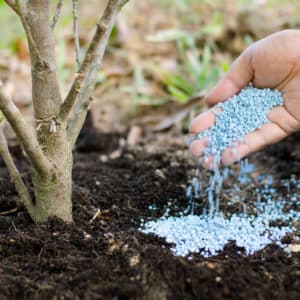
Summer feeding saturates carrots with useful substances, strengthens root crops, protects them from pests and prepares them for winter storage.
In June, the bed between the rows is sprinkled with a mixture of ash and mustard powder in a ratio of 2:1. This is done to protect the vegetable from the carrot fly.
During the formation of the root system, around July, the tops are sprayed with a solution of boric acid. For 10 liters of water take 2 g of boric acid.
In June-July, nitrogen fertilizers are used to make the root crop sweet.But be careful - from an excess of this element, all the plant’s forces will go into the growth of tops. Dilute 1 tbsp in 10 liters of water. l. azofoski and 1 tbsp. l. potassium sulfate. Instead, you can use a solution of mullein or chicken manure in a ratio of 1:10, which is diluted another 10 times before use.
If the plant does not have enough phosphorus - the leaves dry out, curl, and red spots appear - in June, fertilize with a solution of 10 liters of water, 15 g of superphosphate, 15 g of urea, 20 g of nitrate.
In July, carrots are fed with potassium fertilizer. Dissolve 1 tbsp in 10 liters of water. l. potassium sulfate and 1 tbsp. l. azofoski.
Reference. Potassium protects the plant from disease and fungus, and is also necessary for photosynthesis and growth.
Advice from experienced summer residents
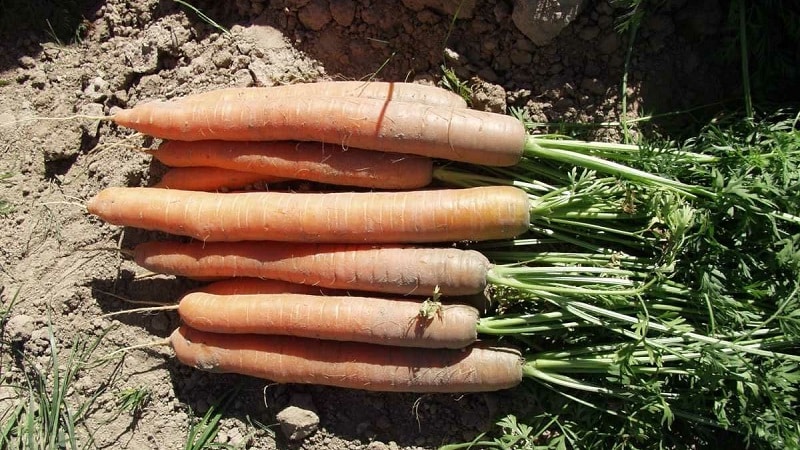
Listen to the advice of more experienced gardening comrades:
- Do not apply manure when planting crops, otherwise the root crops will become tasteless, rough and have an uneven color.
- Carrots can be planted in the same place every three years.
- Carrots are planted in soil with a neutral pH. If it is acidic, liming is carried out.
- When the seedlings reach a height of 5 cm, they are thinned out. The distance between plants should be at least 5 cm, then they will have enough light and nutrients.
- In mid-summer they thin out a second time. Small carrots can be eaten, and the remaining root vegetables are suitable for long-term storage.
- In dry weather, carrots are watered every other day, in normal weather - 1-2 times a week.
- Root crops are harvested in dry weather. They are laid out on the garden bed, dried, then sorted and stored.
Conclusion
Although carrots are an unpretentious crop, it is important to follow the rules for growing them, prepare the soil well before planting, water and fertilize on time.Fertilizers are applied throughout the growing season, as well as in the fall to saturate the soil with organic matter.